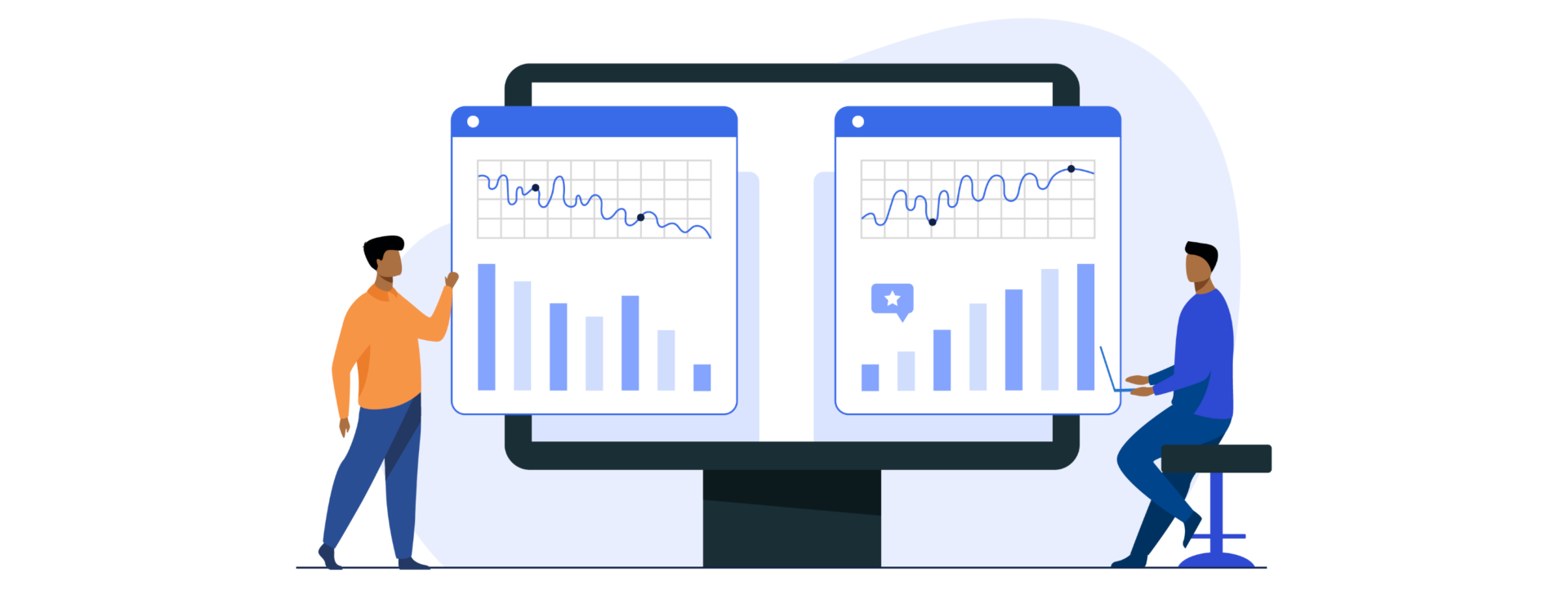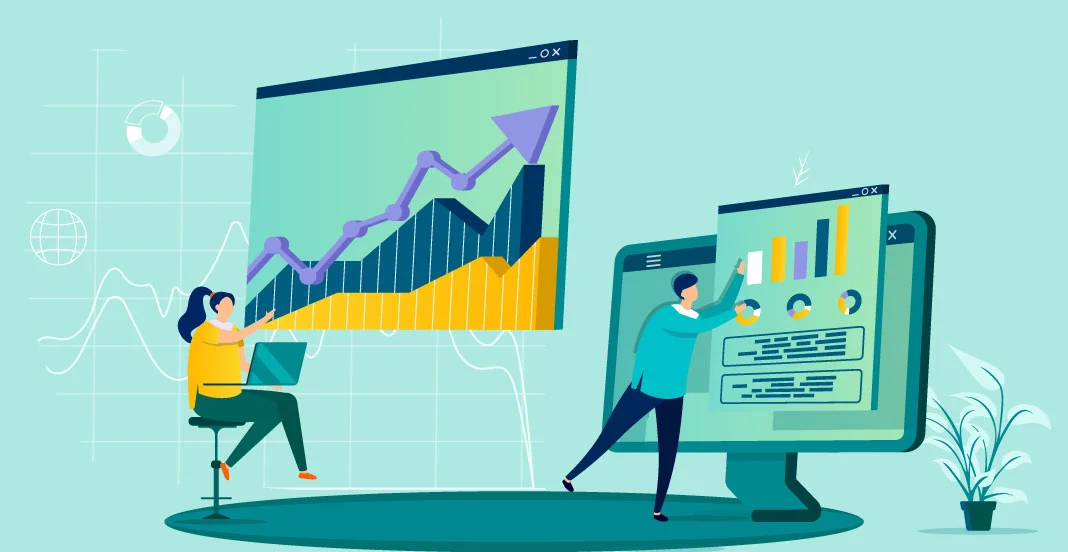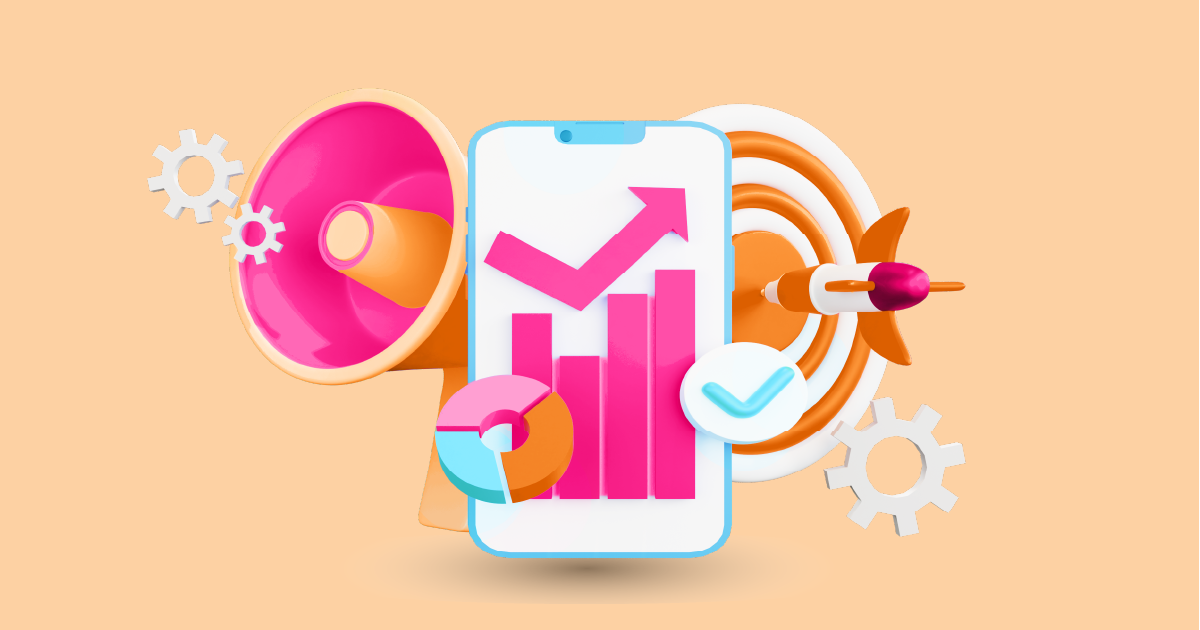In today’s fast-paced business environment, staying ahead of the curve is crucial for success. One of the most effective ways to achieve this is through trend analysis tools. These tools provide valuable insights into market trends, consumer behavior, and industry patterns, enabling businesses to make informed decisions and seize opportunities. In this article, we will explore the world of trend analysis tools, their importance, types, benefits, and much more.
Importance of Trend Analysis in Business

Understanding market trends and consumer behavior is paramount for businesses aiming to remain competitive. Trend analysis helps identify emerging patterns, anticipate shifts in demand, and capitalize on opportunities before competitors do. By analyzing historical data and current market trends, businesses can adapt their strategies, optimize resources, and mitigate risks effectively.
Types of Trend Analysis Tools
1. Basic Statistical Tools
Basic statistical tools such as Excel, SPSS, and R are widely used for trend analysis. These tools allow businesses to analyze historical data, identify patterns, and generate forecasts using statistical techniques like regression analysis and time series analysis.
2. Advanced-Data Visualization Tools
Advanced data visualization tools like Tableau and Power BI enable businesses to visualize trends and patterns in data through interactive dashboards and visualizations. Also, these tools make it easier to explore data, identify correlations, and communicate insights effectively.
3. Predictive Analytics Platforms
Predictive analytics platforms such as SAS and IBM SPSS Modeler use advanced algorithms and machine learning techniques to forecast future trends and outcomes based on historical data. Also, these platforms enable businesses to anticipate market trends, identify potential risks, and make data-driven decisions.
How Trend Analysis Tools Work
Trend analytics tools analyze historical data, identify patterns and correlations, and generate insights to support decision-making. These tools use various statistical techniques, machine learning algorithms, and data visualization methods to uncover trends, outliers, and anomalies in data.
Benefits of Using Trend Analytics Tools
- Data-Driven Decision Making: Trend analysis tools enable businesses to make informed decisions based on data and evidence rather than intuition or guesswork.
- Competitive Advantage: By identifying emerging trends and opportunities early, businesses can gain a competitive edge in the market and stay ahead of competitors.
- Risk Mitigation: Trend analysis helps businesses identify potential risks and threats, allowing them to take proactive measures to mitigate risks and minimize losses.
- Resource Optimization: By understanding market trends and consumer behavior, businesses can optimize resources, allocate budgets more effectively, and improve overall efficiency.
Top Trend Analysis Tools in the Market
1. Google Trends
Google Trends is a free tool that provides insights into search trends and patterns based on Google’s vast database. It allows businesses to explore trending topics, identify popular keywords, and track search interest over time.
2. SEMrush
SEMrush is a comprehensive marketing analytics platform that offers a wide range of tools for SEO, PPC, content marketing, and competitive analysis. Also, it provides valuable insights into keyword trends, competitor strategies, and industry trends.
3. BuzzSumo
BuzzSumo is a content discovery tool that helps businesses identify trending topics, popular content, and key influencers in their industry. It allows users to analyze content performance, monitor social media trends, and identify opportunities for content creation.
4. AIM Insights
AIM Insights is a powerful data visualization tool that enables businesses to create interactive dashboards and visualizations from various data sources. Also, it helps users explore data, uncover insights, and communicate findings effectively.
5. IBM SPSS Statistics
IBM SPSS Statistics is a statistical analysis software that allows businesses to analyze data, generate forecasts, and make predictions using advanced statistical techniques. Also, it helps businesses uncover hidden patterns, trends, and relationships in data.
Factors to Consider When Choosing a Trend Analysis Tool
When choosing a trend analysis tool, businesses should consider factors such as ease of use, scalability, integration capabilities, pricing, and customer support. Also, it’s essential to select a tool that aligns with the organization’s goals, requirements, and budget.
Tips for Effective Trend Analytics
- Define Clear Objectives: Clearly define the objectives and goals of trend analysis to ensure alignment with business priorities.
- Collect Quality Data: Ensure the accuracy, relevance, and completeness of data collected for trend analysis to obtain reliable insights.
- Stay Updated: Continuously monitor market trends, industry developments, and consumer behavior to adapt strategies accordingly.
- Combine Qualitative and Quantitative Insights: Integrate qualitative observations with quantitative data analysis to gain a holistic understanding of trends and patterns.
- Invest in Training and Development: Provide training and resources to staff members to enhance their skills in data analysis, interpretation, and visualization.
Challenges and Limitations
While trend analytics tools offer valuable insights and opportunities, they also present challenges and limitations. Common challenges include data quality issues, algorithmic biases, interpretation errors, and privacy concerns. Businesses must be aware of these challenges and take proactive measures to address them effectively.
Future Trends
The future of trend analysis technology is promising, with advancements in artificial intelligence, machine learning, and predictive analytics. As data volumes continue to grow and technology evolves, trend analysis tools will become more sophisticated, intuitive, and accessible, empowering businesses to unlock new opportunities and drive innovation.
Conclusion
Trend analysis tools play a crucial role in helping businesses navigate today’s dynamic and competitive marketplace. By leveraging the power of data and analytics, businesses can uncover valuable insights, identify emerging trends, and make informed decisions that drive growth and success. As businesses continue to embrace digital transformation and data-driven strategies, trend analysis tools will remain indispensable assets for driving innovation, gaining competitive advantage, and achieving business objectives.
To experience the power of trend analysis firsthand and discover how it can revolutionize your business strategy, request a demo from AIM Technologies today.
FAQs
What are trend analysis tools?
- Trend analysis tools are software applications that analyze historical data, identify patterns, and forecast future trends to help businesses make informed decisions and strategic plans.
How do trend analysis tools help businesses?
- Trend analysis tools help businesses identify emerging trends, anticipate shifts in demand, mitigate risks, optimize resources, and gain a competitive advantage in the market.
Is trend analysis only applicable to large businesses?
- No, trend analysis applies to businesses of all sizes and industries. Small and medium-sized businesses can also benefit from trend analysis tools to make data-driven decisions and drive growth.
Are trend analysis tools expensive?
- The cost of trend analysis tools varies depending on the features, functionality, and vendor. There are both free and paid options available, catering to businesses with different budgets and requirements.
Can trend analysis tools predict future trends accurately?
- While trend analysis tools can provide valuable insights and predictions based on historical data, they may not always accurately forecast future trends due to various factors such as data limitations, unforeseen events, and external influences.





Hi my loved one I wish to say that this post is amazing nice written and include approximately all vital infos Id like to peer more posts like this
I do agree with all the ideas you have introduced on your post They are very convincing and will definitely work Still the posts are very short for newbies May just you please prolong them a little from subsequent time Thank you for the post